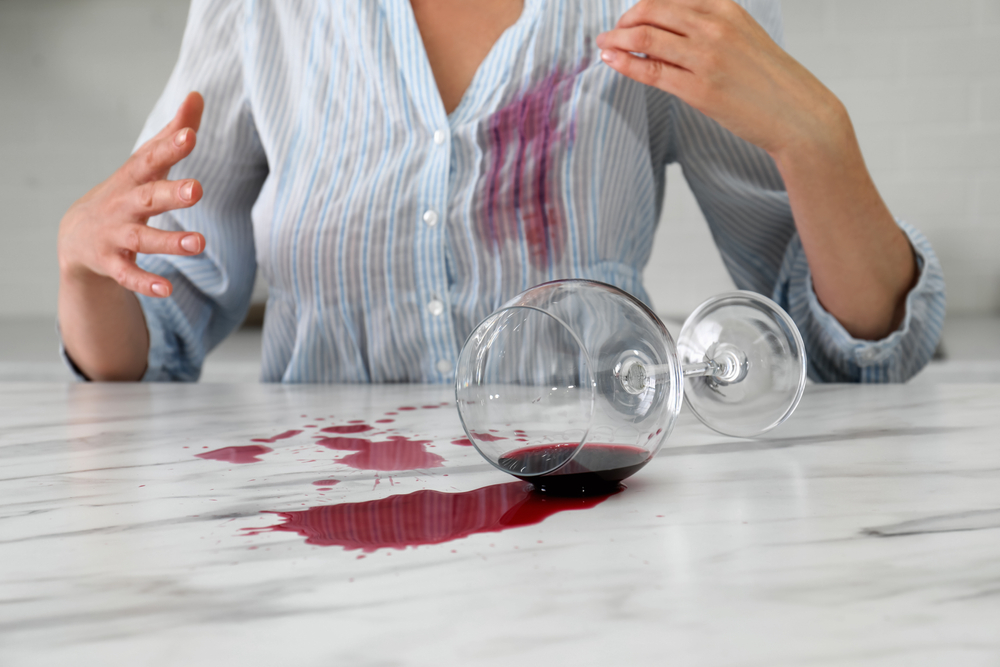Tackling Tough Cleaning Challenges: Expert Solutions for Stubborn Stains, Pet Odours, and Mould
Stubborn stains can sometimes feel like a daunting task. But fear not! With the right techniques and expert advice, you can conquer these cleaning hurdles and enjoy a clean, healthy environment once again.
Stubborn Stains
Whether it’s a spilled glass of red wine on your favourite carpet or a stubborn grease stain on your kitchen counter, tackling stubborn stains requires patience and the right approach. Here are some expert tips to help you banish even the toughest of stains:
Act Fast
The key to removing stains is to address them as soon as possible. Blot the stain with a clean cloth or paper towel to absorb as much of the spill as you can before it sets.
Use the Right Cleaning Solution
Different types of stains require different cleaning solutions. For example, a mixture of dish soap and water can effectively remove grease stains, while a combination of hydrogen peroxide and baking soda works wonders on stubborn wine stains.
Test in an Inconspicuous Area
Before applying any cleaning solution to the stained area, test it in a small, inconspicuous area to ensure it doesn’t cause damage or discolouration.
Blot, Don’t Rub
When cleaning stains, avoid rubbing the affected area, as this can spread the stain and damage the fabric. Instead, gently blot the stain with a clean cloth or sponge to lift it away.
Pet Odours
Pets bring joy and companionship to our lives, but they can also leave behind unwanted odours that can be difficult to eliminate. Whether it’s lingering urine smells or pet dander-causing allergies, here are some expert solutions to keep your home smelling fresh.
Clean Accidents Promptly
If your pet has an accident indoors, clean it up promptly using an enzymatic cleaner designed specifically for pet odours. These cleaners break down the proteins in urine and other pet messes, effectively eliminating odours at the source.
Wash Pet Bedding Regularly
Pet bedding can harbour odours and allergens, so it’s important to wash it regularly using a pet-safe detergent. Add a cup of white vinegar to the wash cycle to help neutralize odours and kill bacteria.
Vacuum and Air Out Your Home
Regular vacuuming can help remove pet hair, dander, and other allergens from your carpets and upholstery. Additionally, opening windows and allowing fresh air to circulate can help refresh your home and eliminate odours.
Mould and Mildew
Mould and mildew thrive in damp, humid environments and can pose serious health risks if left unchecked.
Control Moisture Levels
To prevent mould and mildew growth, keep indoor humidity levels below 50% by using a dehumidifier or air conditioner. Fix any leaks or water damage promptly to prevent moisture build-up.
Clean and Dry Wet Areas
After showering or cooking, wipe down wet surfaces and ensure proper ventilation to allow moisture to escape. Use exhaust fans in bathrooms and kitchens to help remove excess moisture from the air.
Use Mould-Killing Products
When cleaning mould and mildew, use products specifically designed to kill mould spores and prevent regrowth. Bleach, hydrogen peroxide, and vinegar are all effective options for killing mould on hard surfaces.
In Conclusion
By following these expert cleaning tips and techniques, you can tackle even the toughest cleaning challenges with confidence. However, if you find yourself overwhelmed or in need of professional assistance, don’t hesitate to contact us. SBHI conduct home and commercial cleaning in Alexandria and all of Sydney.
Information Disclaimer
The content of this article is meant for informational purposes only and should not be considered a source of professional advice, recommendations, or endorsements. It is not a substitute for seeking expert guidance or making well-informed decisions based on individual circumstances. Although we strive for accuracy and reliability, we cannot guarantee the information's completeness or suitability for all situations. Readers are urged to verify facts, consult experts, and consider their own context before taking actions or decisions based on this content. No warranties, explicit or implied, are provided regarding the accuracy, timeliness, or completeness of the presented information. Relying on this information is at the reader's own discretion and risk. We encourage readers to consult relevant professionals or experts for advice tailored to their specific needs. Neither the author, publisher, nor any affiliated parties will be held responsible for errors, omissions, or damages resulting from the use or reliance on the information in this article.

